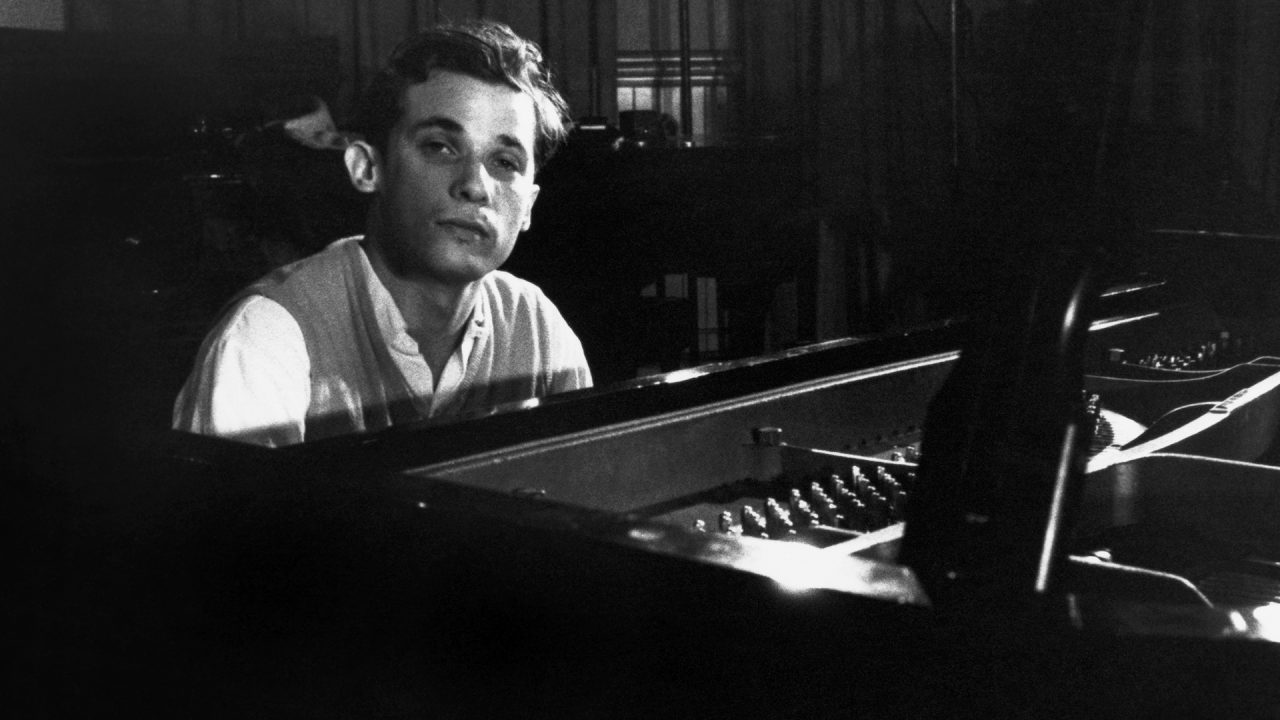
Glenn Gould: Two Portraits, One Musical Genius
Glenn Gould: Two Portraits, One Musical Genius
The genesis of the project
The only problem: Gould’s insane concert schedule…
In the spring of 1958, the NFB was producing a string of half-hour documentaries as part of the Candid Eye series, which was slated to be broadcast in the fall on the CBC television network. Candid Eye would feature direct-cinema documentaries that took advantage of newly developed portable filmmaking equipment, which allowed the film crew greater flexibility. The filmmakers would closely observe, but with minimal intervention in the events they recorded. Filmmakers Wolf Koenig and Roman Kroitor contacted Glenn Gould’s agent to see if the virtuoso pianist would be interested in being the subject of a documentary for the series. The agent discussed the idea with Gould, who was enthusiastic about working with the NFB. The only problem: Gould’s insane concert schedule, which would see him on tour for most of the fall and winter of 1958–59. The NFB wanted to do an informal piece showing the artist at home composing and preparing, as well as in studio. It was decided that it would be wisest to wait a year and shoot the film the following spring once Gould had finished his gruelling tour.
Shooting the films
In late May 1959, a film crew travelled to Gould’s country home off the shores of Lake Simcoe, Ontario, to film him rehearsing and composing. They took advantage of a visit by musician Franz Kramer to film them in conversation discussing modern and classical music. The filmmakers also interviewed Gould to get his take on touring versus recording (Gould is particularly fascinating in this sequence). All the “impromptu” scenes were set up and shot over a couple of days in and around the cottage.
The crew then travelled to New York, where they filmed Gould at Steinway & Sons selecting a piano. They then shot a recording session at Columbia Records over several days. To ensure that the camera noise would not interfere with the recording, they first filmed the musical director and engineers in the recording booth while Gould was being recorded. These sequences are sublime, with the banter between the engineers simply hilarious. The crew then shot sequences over two days of Gould in the studio playing the piano. He was not being recorded, but the engineers “pretended” they were hard at work. It all appears quite seamless, thanks in part to the strong editing and Gould himself, who put as much energy into the “fake” recordings as the real ones. Several cameras were used in both instances to best capture the events.
Too much good material?
When the time came to edit the film down to a half hour, the filmmakers realized that they simply had too much material. They approached the CBC to make an exception and allow a one-hour episode to be broadcast, instead of the agreed-upon 30 minutes. The CBC instead suggested that they make two half-hour episodes that would be broadcast in consecutive weeks. The result gave us Glenn Gould – Off the Record, which concentrated on Gould at home and in New York choosing his piano, and Glenn Gould – On the Record, which focused exclusively on his recording sessions at Columbia Records. Veteran NFB filmmaker Stanley Jackson wrote and voiced the commentary for both films.
By the time the films were ready, the Candid Eye series had been cancelled and replaced by Documentary 60, which was to continue along the same lines and be broadcast in the same time slot, Sundays at 5:30 p.m. The CBC ordered a full 26-episode season of Documentary 60. The 2 Glenn Gould films were scheduled to be episodes 4 and 5 of the series. (Other films in this series include Emergency Ward, The Back-breaking Leaf and Sunshine and Eclipse.)
The broadcast and distribution of the films
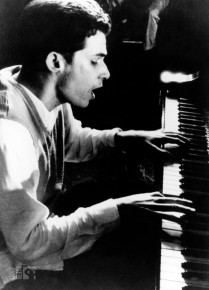
Glenn Gould – Off the Record was broadcast on Sunday, November 22, 1959, on most CBC stations (the remaining stations aired the film in
later weeks). Glenn Gould – On the Record was broadcast a week later, again on the main CBC stations. There was one very interesting complaint sent to the NFB and CBC. A Canadian piano company was upset that the filmmakers had not asked Gould to use one of its pianos throughout the filming. They felt that as a Canadian pianist, he should have used a Canadian-built piano and not a Steinway! This ridiculous request was answered as tactfully as possible by the NFB’s Film Commissioner, Guy Roberge, who pointed out that the choice of instruments is always in the hands of the musician.
The films were also broadcast in the New York City area in early January 1960, as well as on the BBC in the summer and fall of the same year. Response was quite positive in all cases, with the BBC airings singled out for great praise. These broadcasts were part of the series Monitor, which concentrated on the arts in Great Britain and abroad, and commanded a vast audience.
The films were then released to the Canadian non-theatrical market, a month after their first broadcast, to be used in schools and at community screenings. Both films were also sold to television networks in a handful of countries, including Japan, the Netherlands and Sweden. In 1960, Radio-Canada broadcast a specially edited half-hour program that combined the best of both films, titled simply Glenn Gould. It included the interview with Gould from Glenn Gould – Off the Record (dubbed in French) and some footage of the recording sessions. The compressing of 2 films into one was probably done because Gould was not sufficiently well-known in French Canada to merit 2 shows.
The films are withdrawn and re-released
As was common practice in the 1970s, the films were withdrawn from distribution in 1976 as they were already 17 years old and somewhat dated. They gathered dust for a decade, but were re-released on VHS as a 2-film compilation in 1987. DVDs followed in 1999, with bonus audio recordings not included at any other time.
Seeing the films some 50-odd years later, I am struck with how fresh and lively they are. Gould is fascinating, and there are some moments of pure magic, as in the recording-booth sequence I spoke about earlier. Jackson’s minimal narration is delivered in his usual quirky style, and the camera is never obtrusive.
We are very pleased to make these classic films available to you on NFB.ca for your viewing (and listening) pleasure. Enjoy.
Glenn Gould – Off the Record, Roman Kroitor & Wolf Koenig, provided by the National Film Board of Canada
Glenn Gould – On the Record, Roman Kroitor & Wolf Koenig, provided by the National Film Board of Canada
Discover more films on Canadian musicians here.
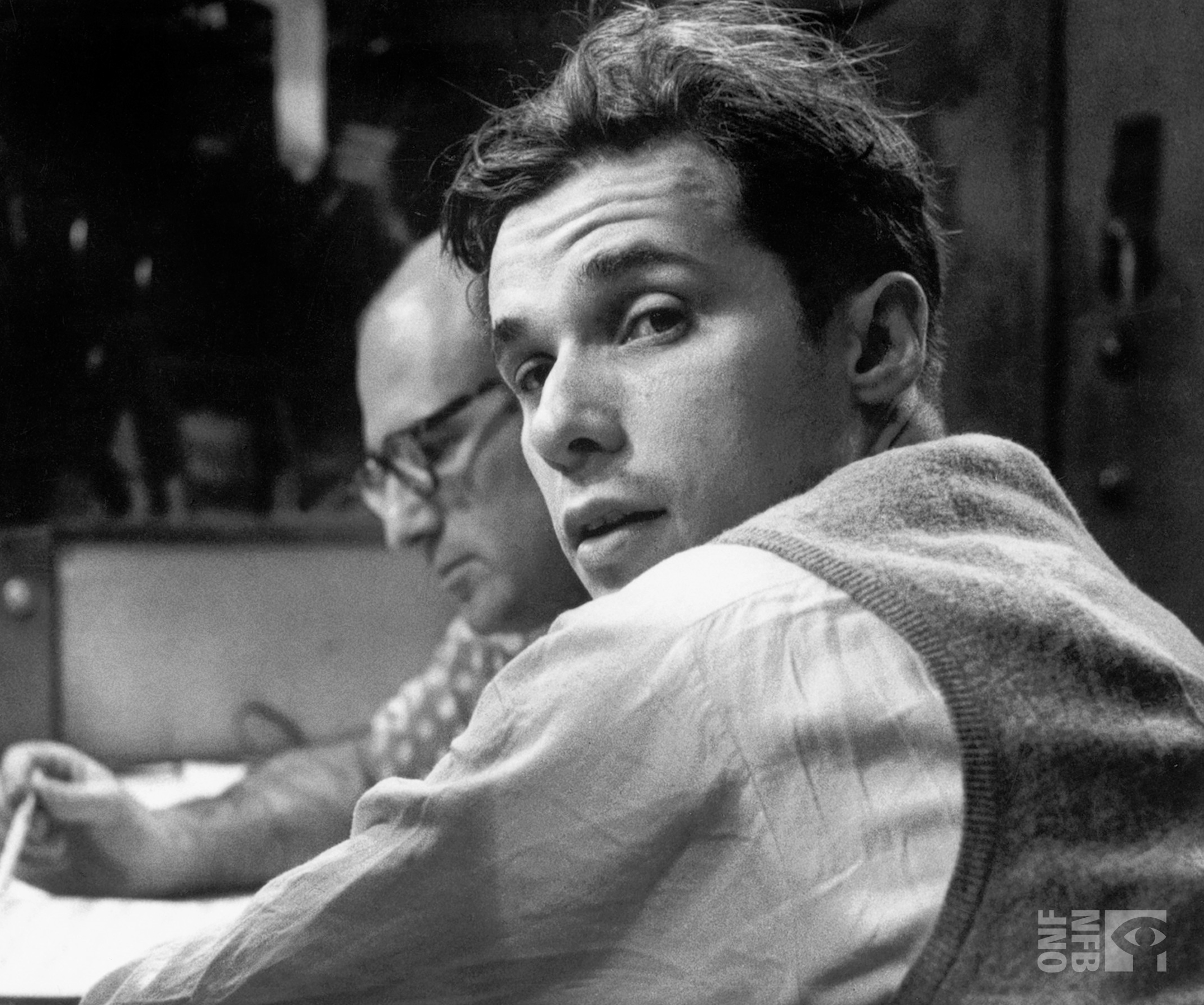
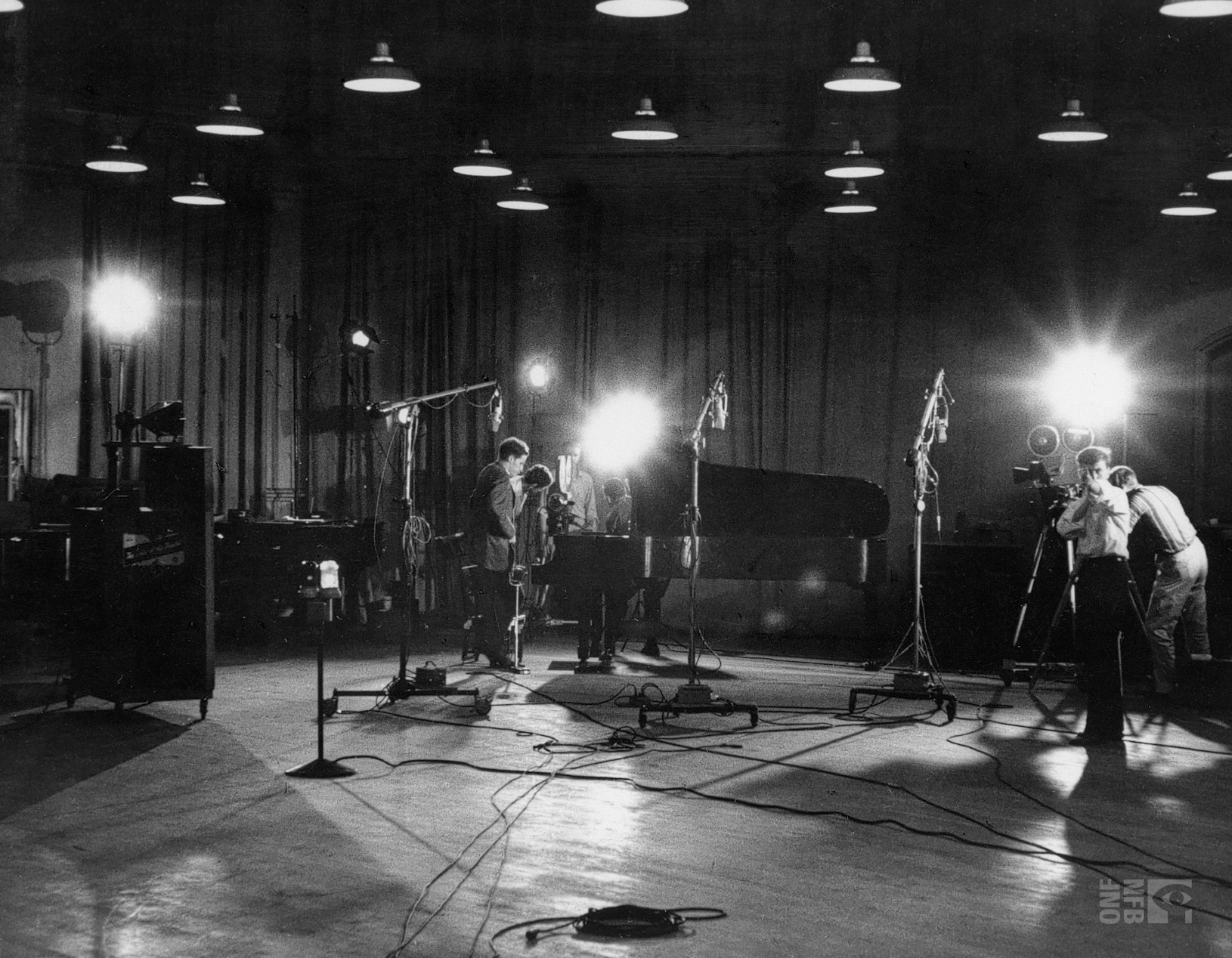
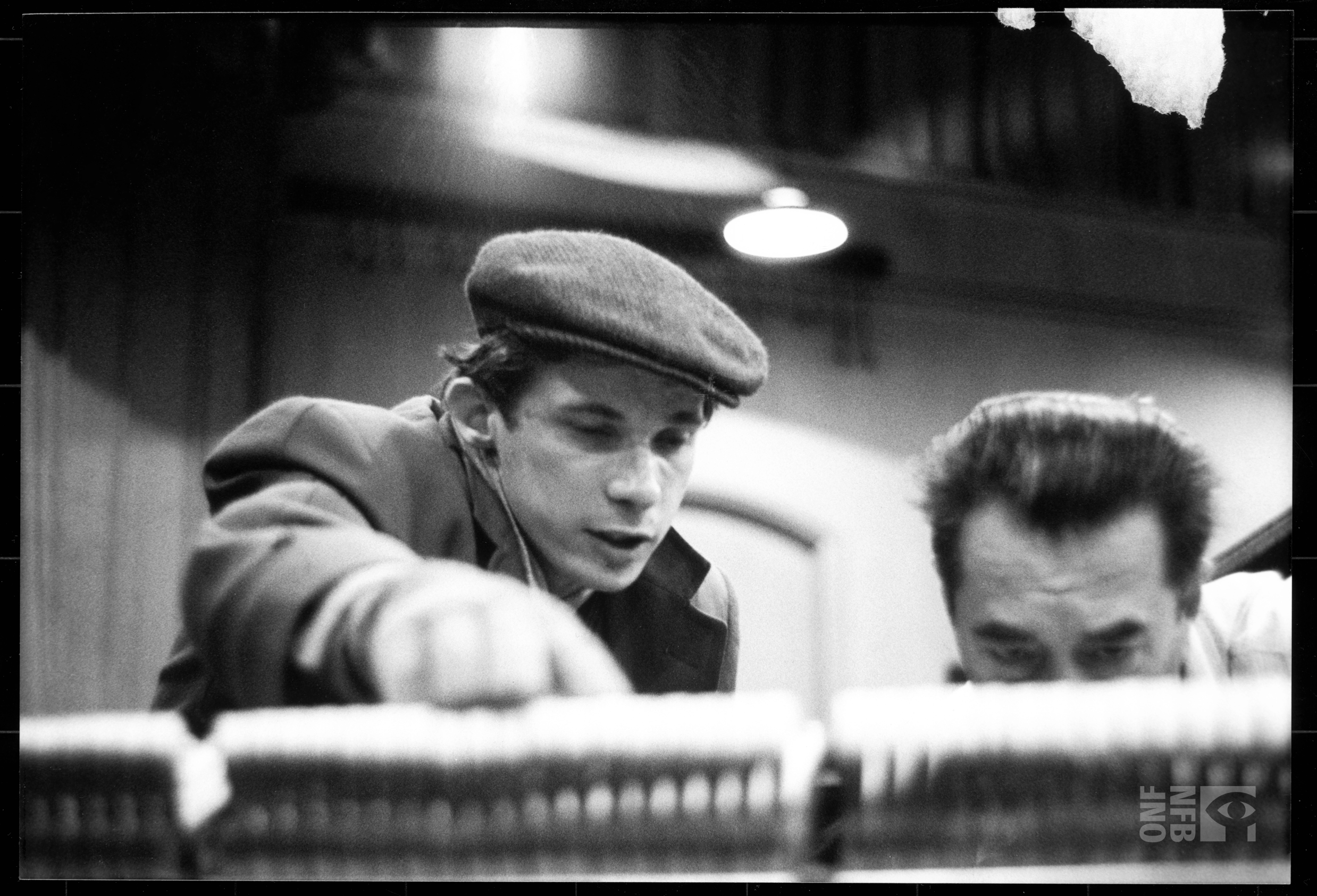

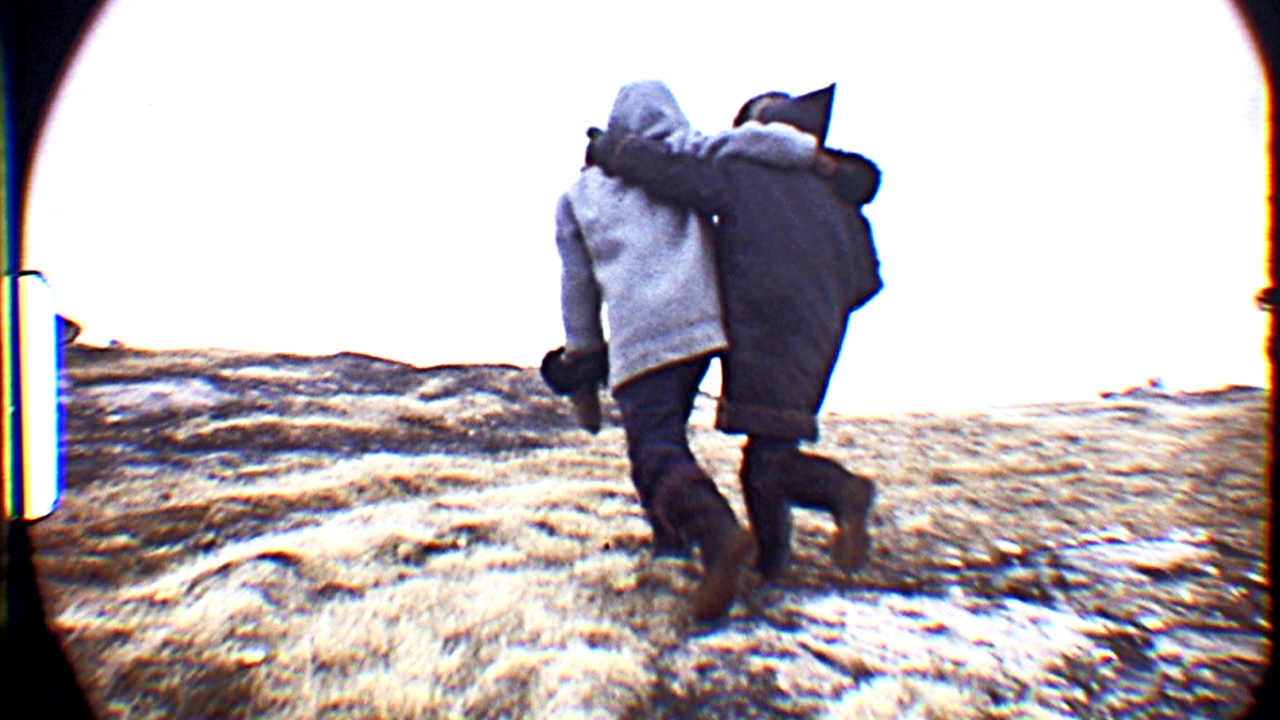
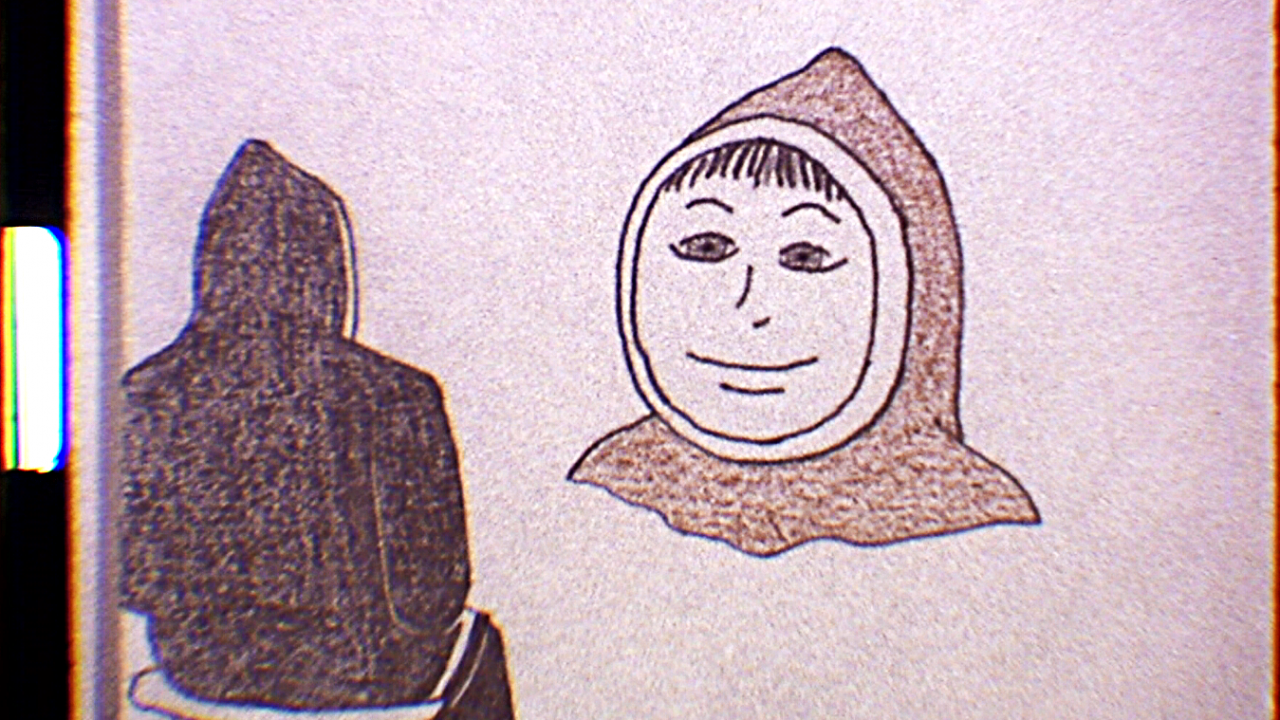
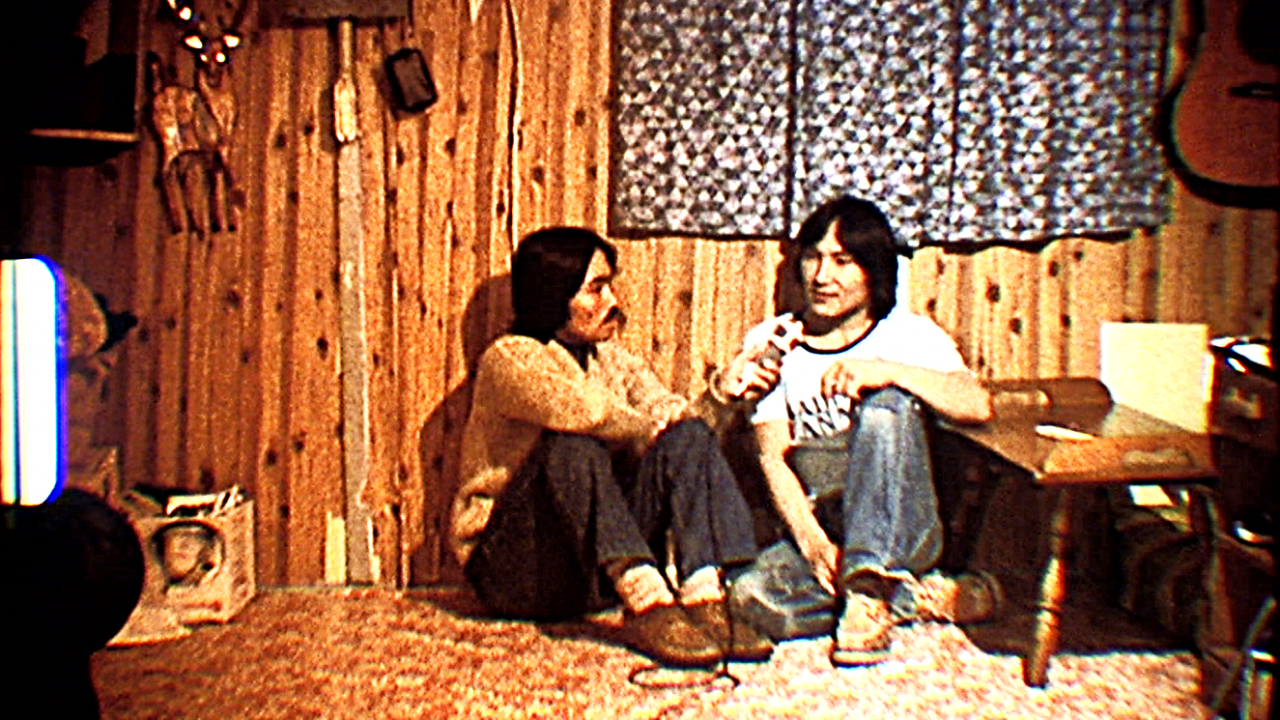
These films bright me great happiness, thank you.
Fantastic!